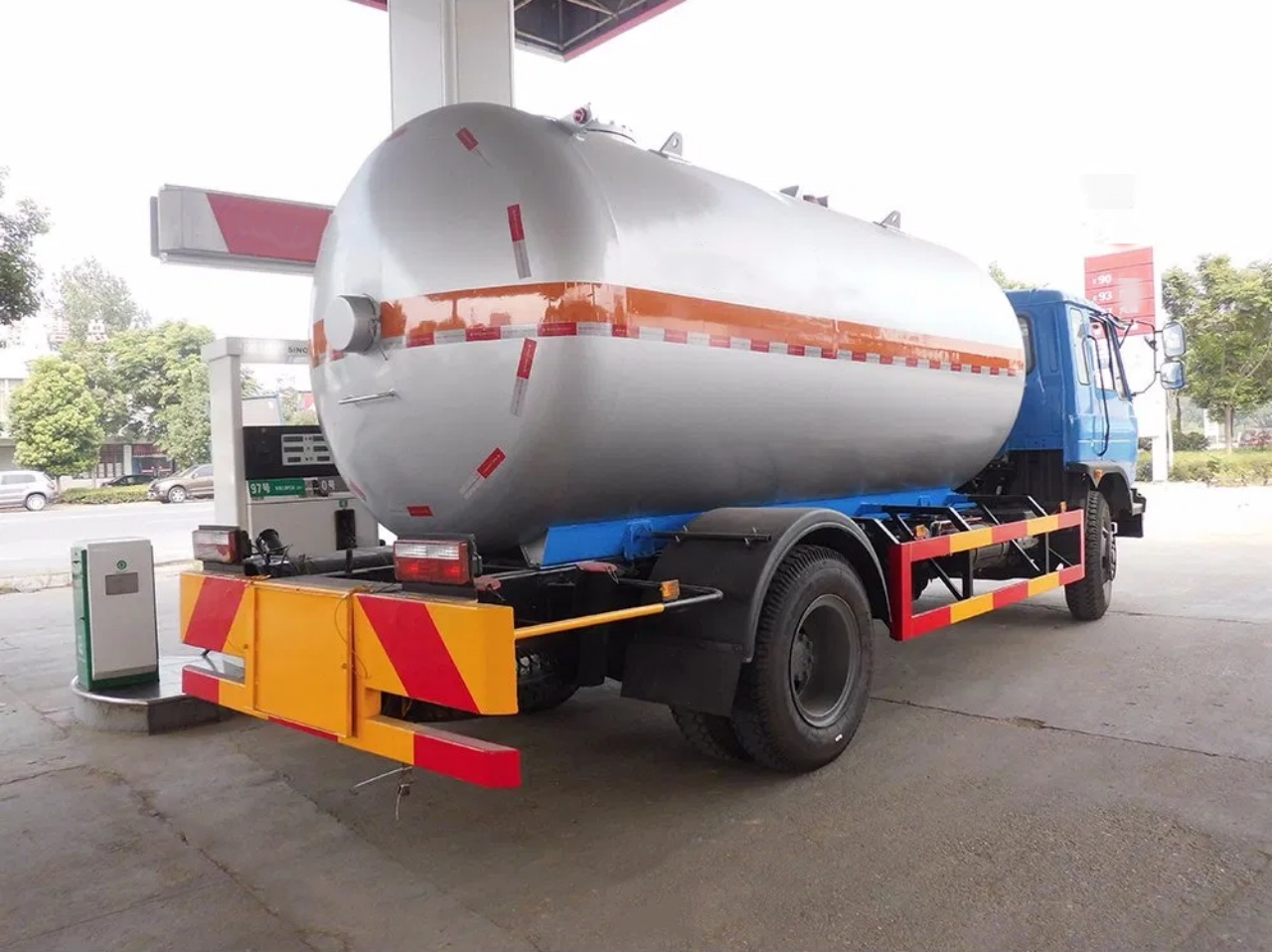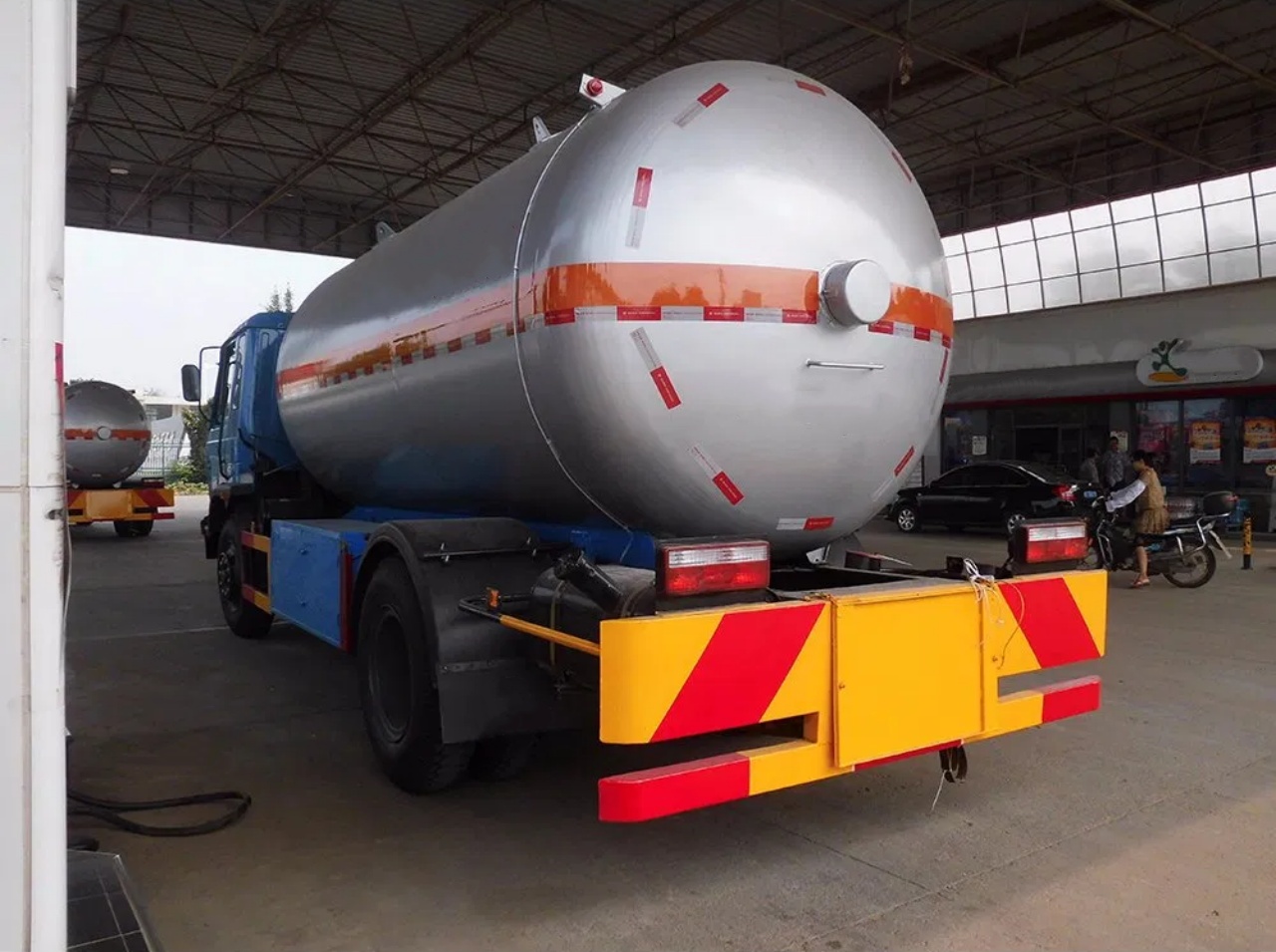The transportation of hazardous materials, such as propane, is a critical component of modern infrastructure. Propane is widely used as a fuel for heating, cooking, and industrial applications. Given the flammable and potentially hazardous nature of propane, the safety of propane trucks—vehicles specifically designed to transport this highly combustible substance—is a subject of significant importance. This article explores the various safety measures and protocols in place to ensure that propane trucks are safe, as well as the challenges and risks associated with transporting propane.
The Importance of Safety in Propane Transportation
Propane is a liquefied petroleum gas (LPG) that is typically stored in pressurized tanks. As a fuel source, it is generally considered safe when handled and stored correctly, but its flammability means it poses a risk if mishandled or transported improperly. Propane trucks are used to transport this fuel to distribution centers, retail gas stations, and residential homes. The safety of these trucks is essential in preventing accidents that could lead to catastrophic fires, explosions, or toxic exposure.
The transportation of propane is governed by strict regulations in many countries, including the United States, Canada, and the European Union. These regulations are designed to minimize the risk of accidents and ensure the safe delivery of propane. However, despite these precautions, there are inherent risks involved in transporting any hazardous material, including propane.

How Propane Trucks Are Designed for Safety
Propane trucks are specially designed and constructed to handle the unique properties of propane. The trucks themselves, as well as the tanks used for storing and transporting propane, are subject to stringent design and safety standards to prevent leaks, explosions, or other incidents.
1. Tank Construction
The most important component of a propane truck is the tank, which holds the propane under pressure. These tanks are typically made of steel or aluminum and are designed to withstand the stresses of transportation. Propane tanks are cylindrical and equipped with multiple safety features, including:
- Pressure relief valves: These valves are crucial for preventing over-pressurization, which could lead to a rupture. The valves release gas if the pressure inside the tank exceeds a certain threshold.
- Overfill prevention devices (OPD): These devices prevent the tank from being filled beyond its capacity, reducing the risk of leaks and explosions caused by overfilling.
- Crash-resistant designs: Propane tanks are built to absorb impact during accidents. They are typically reinforced to withstand significant forces in the event of a collision or rollover.
Additionally, propane tanks undergo rigorous testing to ensure that they can endure extreme conditions, including high temperatures, impacts, and pressure variations. These tests are designed to simulate real-world conditions and provide assurance that the tanks are safe for transport.
2. Truck Design and Features
The design of propane trucks goes beyond just the tank. The vehicles are equipped with safety features to ensure that the fuel is transported securely. These features include:
- Grounding systems: Since propane is highly flammable, any spark could potentially ignite the fuel. Propane trucks are equipped with grounding systems to prevent static electricity buildup, which could cause sparks during loading and unloading.
- Leak detection systems: Modern propane trucks are equipped with advanced leak detection technology that monitors for any potential leaks in the system. These systems can alert the driver to any issues before they become a major concern.
- Fire suppression systems: Some propane trucks are equipped with fire suppression systems designed to activate in the event of a fire. These systems can help minimize damage and reduce the risk of a catastrophic event.
3. Driver Training and Protocols
The safety of propane trucks also relies heavily on the training and preparedness of the drivers. Propane truck drivers are required to undergo specialized training to understand the unique risks associated with transporting propane. This training includes:
- Hazardous materials handling: Drivers are trained to handle propane safely, including how to respond to leaks, spills, or fires. They are taught the proper procedures for emergency response, including how to isolate the area and evacuate if necessary.
- Vehicle inspection protocols: Before starting a trip, drivers are required to inspect the propane truck for any signs of wear, damage, or leaks. This includes checking the integrity of the propane tank, valves, and hoses, as well as inspecting the truck’s brakes and tires.
- Emergency procedures: Drivers are trained in emergency response procedures, including how to safely stop the truck in the event of a problem, how to activate fire suppression systems, and how to communicate with emergency responders.
This extensive training helps ensure that drivers are prepared for any situation and can act quickly and decisively in the event of an emergency.
Risks and Challenges of Propane Transportation
While propane trucks are designed with safety in mind, the transportation of propane is not without its risks. Despite the safety features and protocols in place, accidents can still happen due to human error, mechanical failure, or unforeseen external factors.
1. Traffic Accidents
One of the primary risks associated with propane transportation is the potential for accidents. Collisions or rollovers can cause damage to the propane tank, leading to leaks, fires, or explosions. The risk of an accident is higher in densely populated areas or regions with poor road conditions. In addition, human error, such as driver fatigue or distraction, can also contribute to accidents.
2. Environmental Factors
Extreme weather conditions can pose a risk to propane trucks. For example, extreme heat can cause the pressure inside the propane tank to rise, increasing the risk of over-pressurization and potential rupture. On the other hand, cold weather can cause the propane to become more volatile, leading to an increased risk of leaks. Snow, ice, and heavy winds can also make it difficult for drivers to maintain control of their vehicles, increasing the likelihood of accidents.
3. Mechanical Failures
Although propane trucks are designed with safety in mind, mechanical failures can still occur. A failure in the tank’s pressure relief valve, for example, could lead to dangerous over-pressurization. Similarly, issues with the truck’s braking or suspension systems could result in an accident.

Regulatory Oversight and Safety Standards
To mitigate the risks associated with propane transportation, a variety of regulatory bodies oversee the transportation of hazardous materials, including propane. In the United States, the Department of Transportation (DOT) and the Pipeline and Hazardous Materials Safety Administration (PHMSA) set and enforce safety standards for propane transport. These regulations cover everything from tank construction to driver training and vehicle inspection.
Internationally, organizations such as the United Nations (UN) and the International Maritime Organization (IMO) have established guidelines for the safe transport of hazardous materials, including propane. Compliance with these regulations is mandatory for all companies involved in propane transportation, ensuring that safety remains a top priority.
Conclusion
Propane trucks are designed with numerous safety features to mitigate the risks associated with transporting this highly flammable gas. From tank construction to driver training and regulatory oversight, the propane transportation industry takes safety seriously. While there are inherent risks involved in transporting hazardous materials, the systems in place help ensure that propane trucks are as safe as possible. Continuous improvements in technology, vehicle design, and safety protocols will further reduce these risks and enhance the overall safety of propane transportation in the future. As long as safety standards are adhered to and proper procedures are followed, propane trucks can be considered a safe and reliable method for transporting this essential fuel.


